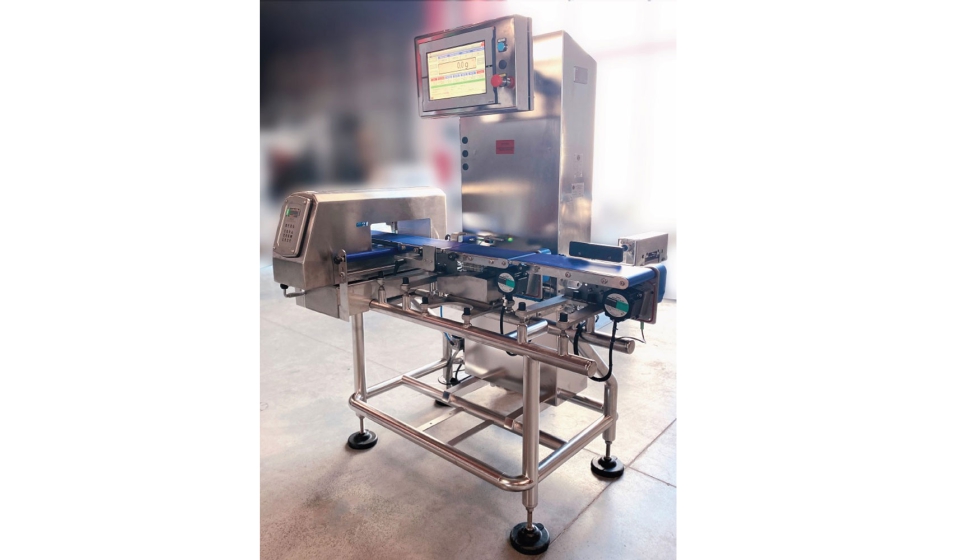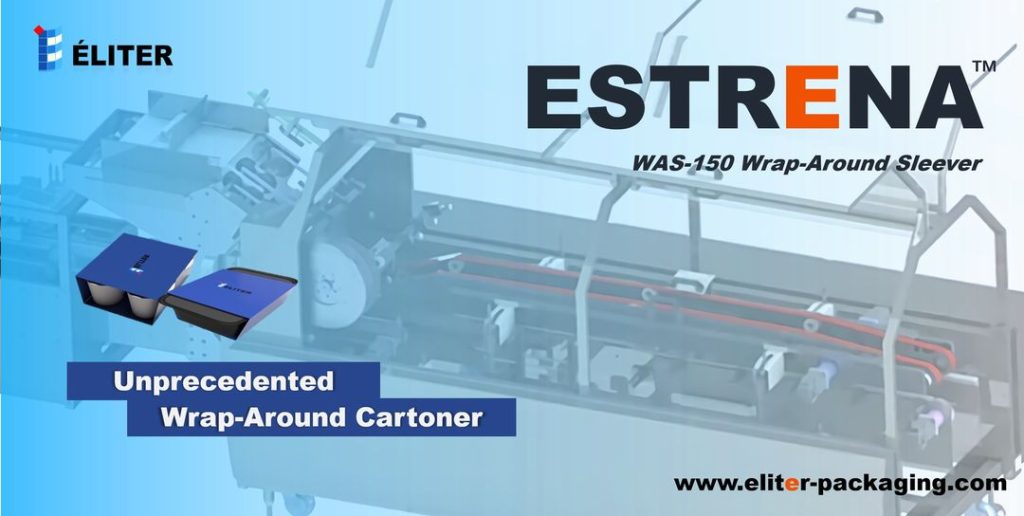Packaging Innovations for Meat Alternatives and Ready-to-Eat Meals
2024-02-13
In the rapidly evolving landscape of the food industry, two segments have notably risen to prominence: meat alternatives and ready-to-eat (RTE) meals. Driven by shifts in consumer behavior towards healthier, more sustainable eating habits and the demand for convenience, these segments present unique challenges and opportunities in packaging. This blog explores the cutting-edge packaging machines and technologies tailored to meat alternatives and RTE meals, highlighting key innovations and future trends that are setting the direction for the industry.
The Cutting Edge of Packaging Machinery
Precision Packaging for Meat Alternatives
The surge in popularity of meat alternatives, from plant-based burgers to lab-grown meats, has necessitated the development of specialized packaging solutions. These products require packaging that maintains freshness, extends shelf life, and communicates the brand’s sustainability ethos.
Innovative Solutions
- Modified Atmosphere Packaging (MAP) Machines: These machines adjust the atmosphere within the packaging to reduce oxidation and spoilage, crucial for preserving the quality of meat alternatives.
- Vacuum Packaging Systems: Offering an airtight environment, vacuum packaging is ideal for extending the shelf life of meat alternatives, ensuring they remain fresh from the factory to the fridge.
Efficient Packaging for Ready-to-Eat Meals
The convenience of RTE meals has made them a staple in households worldwide. Packaging these meals involves not just preserving food quality but also ensuring microwave or oven safety and ease of opening.
Dynamic Packaging Options
- Tray Sealing Machines: These machines are adept at packaging meals in pre-formed trays, offering a variety of sealing options, from simple seals to vacuum skin packs.
- Flow Wrapping Equipment: For individually portioned RTE snacks or components, flow wrappers provide a flexible, efficient packaging solution.

Enhancements in Secondary and Tertiary Packaging
While primary packaging directly contacts the food, secondary and tertiary packaging play crucial roles in branding, protection during transport, and sustainability.

Branding and Protection Through Secondary Packaging
- Automatic Cartoning Systems: Cartoning machines efficiently package primary packaged goods into branded cartons, crucial for both protection and shelf appeal.
- Shrink Wrapping and Bundling: This method is used for grouping multiple items, offering a balance between product visibility and protection.

Optimized Distribution with Tertiary Packaging
- Robotic Palletizing Systems: These systems automate the stacking of secondary packaged goods onto pallets, optimizing them for distribution and storage.
- Bulk Wrapping Solutions: For large-scale shipments, bulk wrapping protects against moisture and contaminants during transport.

Trends Driving Packaging Innovations
The future of packaging for meat alternatives and RTE meals is being shaped by several key trends, reflecting broader shifts in consumer preferences and technological advancements.
Sustainability at the Forefront
Eco-friendly packaging solutions are increasingly in demand, with innovations focusing on biodegradable materials, reduced plastic use, and recyclable components, aligning with the environmental consciousness of consumers.
Smart Packaging for Enhanced Engagement
Incorporating technology like QR codes and NFC tags into packaging allows brands to connect with consumers, offering product information, traceability, and interactive experiences directly from the packaging.
Customization and Personalization
Advances in digital printing technology enable brands to offer personalized packaging options, catering to the desire for unique, tailored experiences among consumers.
Conclusion
As the food industry continues to evolve, packaging machines and technologies for meat alternatives and RTE meals are at the forefront of innovation. These advancements are not just about keeping food fresh and safe; they’re about meeting the demands of a changing world. From sustainability and convenience to consumer engagement, the future of food packaging is dynamic and promising, with endless possibilities for innovation and growth.




